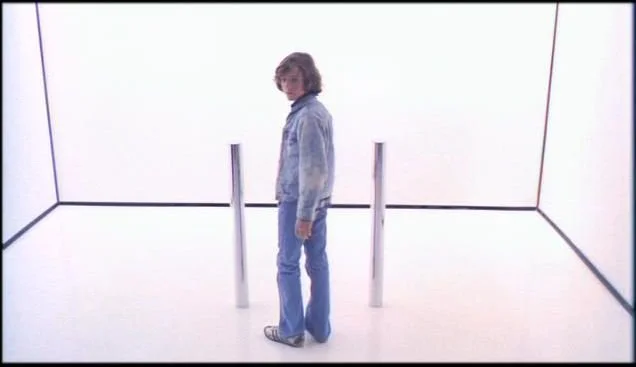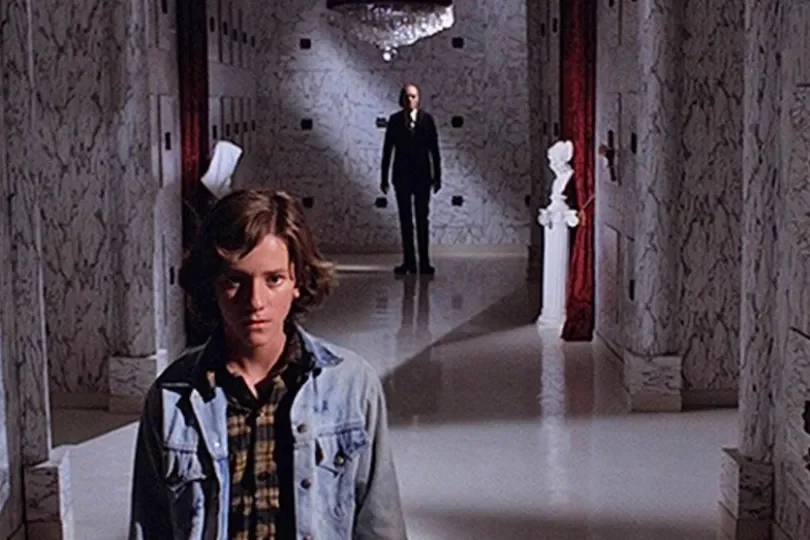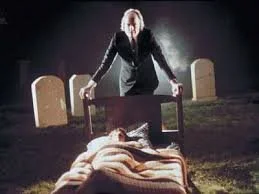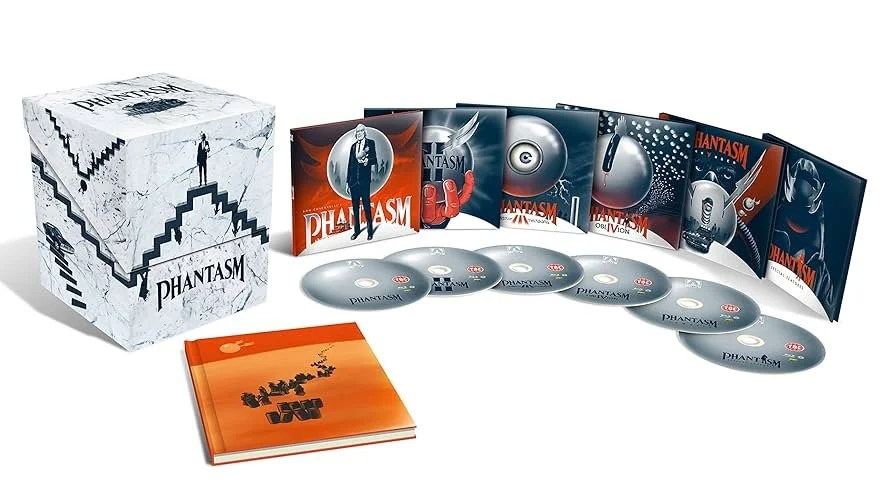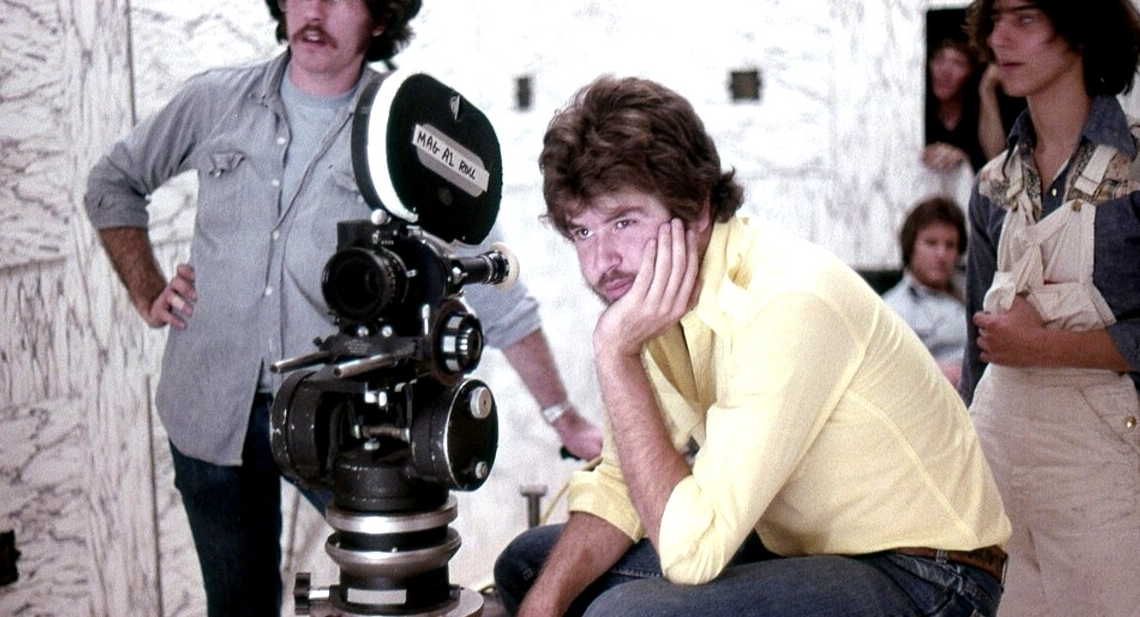Don Coscarelli's Vision: How PHANTASM Changed Horror Forever
In an era dominated by big-studio slashers, Coscarelli proved that genuine terror could emerge from creativity rather than cash. Working with a shoestring budget he crafted a film that felt both intimate and cosmic, grounded yet otherworldly. This wasn't the sanitized horror coming from major studios—this was something raw, personal, and utterly unique. The film's independent spirit became its greatest strength. Without studio interference, Coscarelli could pursue his surreal vision uncompromised, creating scenes that defied conventional narrative logic but worked on a purely emotional level.
The Birth of Surreal Horror
Perhaps Phantasm's greatest contribution to horror was its embrace of dream logic over traditional storytelling. While other horror films of the late 70s followed predictable formulas, Phantasm operated like a fever dream—scenes flowed into one another with the strange inevitability of nightmares.
This approach influenced countless filmmakers who realized horror didn't need to make perfect sense to be effective. Directors like David Lynch, Sam Raimi, and later Jordan Peele would all draw from this well of surreal storytelling, understanding that confusion and disorientation could be powerful tools of terror.
Practical Effects as Character
The iconic silver spheres weren't just props they were characters in their own right. Coscarelli's insistence on practical effects created visceral, tangible threats that CGI still struggles to match decades later. The spheres' mechanical whirring, their deadly precision, and their almost sentient behavior made them more memorable than countless digital monsters.
This commitment to practical craftsmanship inspired a generation of effects artists and filmmakers. Movies like Hellraiser, The Thing, and Dead Alive all carried forward Phantasm's belief that physical effects create deeper psychological impact than any computer-generated imagery.
The Tall Man: Redefining the Horror Villain
Angus Scrimm's portrayal of The Tall Man broke every rule about horror antagonists. He wasn't a masked killer or a supernatural force of pure evil—he was something far more unsettling: an interdimensional undertaker with unclear motivations and seemingly limitless power.
The Tall Man's ambiguity became his strength. Unlike Jason or Michael Myers, whose motivations were simple, The Tall Man operated on levels beyond human comprehension. This complexity influenced later horror villains who would similarly blur the lines between evil and alien logic.
Franchise Building Before Franchises Were Cool
While Halloween and Friday the 13th would later perfect the horror franchise formula, Phantasm pioneered the concept of interconnected horror narratives that could span decades. Each sequel built upon the mythology while maintaining the series' core surreal identity.
Coscarelli proved that horror franchises could be more than cash grabs—they could be ongoing explorations of cosmic themes, character development, and evolving mythology. This approach would later influence everything from A Nightmare on Elm Street to modern properties like Insidious.
The Democratization of Horror Filmmaking
Phantasm's success story became a blueprint for independent horror filmmakers. Here was proof that with enough creativity, determination, and practical ingenuity, anyone could create something that would resonate with audiences for decades.
The film's DIY aesthetic—from its homemade effects to its guerrilla filming techniques—showed aspiring filmmakers that limitations could breed innovation. This philosophy would become central to the independent horror boom of the 1980s and beyond.
Lasting Impact on Modern Horror
Today's horror landscape still bears Phantasm's fingerprints. The rise of A24 and their surreal, art-house horror offerings echo Coscarelli's belief that the genre could be both populist entertainment and genuine art. Films like Hereditary, The Lighthouse, and Midsommar all trace their lineage back to Phantasm's willingness to prioritize atmosphere and psychology over traditional scares.
The current renaissance of practical effects in horror—seen in films like The Void, Mandy, and Color Out of Space—directly connects to Phantasm's tactile approach to terror. Modern filmmakers understand what Coscarelli knew instinctively: audiences crave authenticity, even in the most fantastical circumstances.

